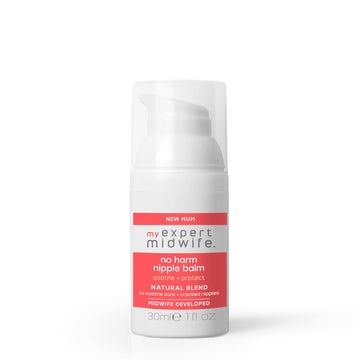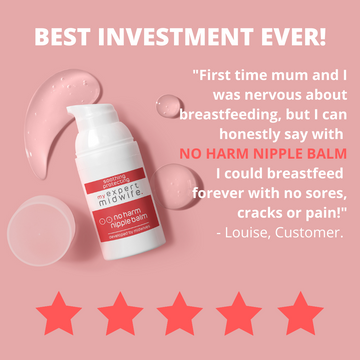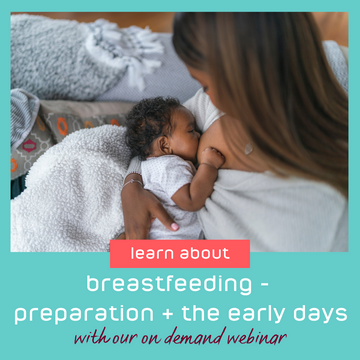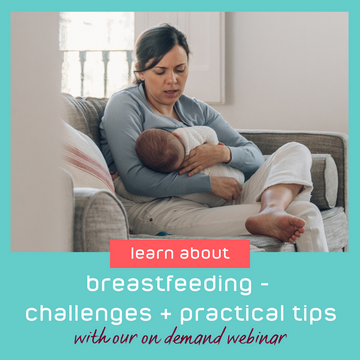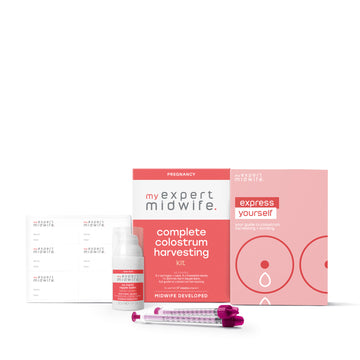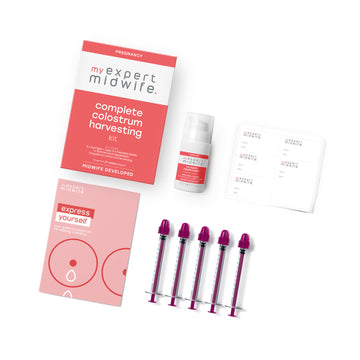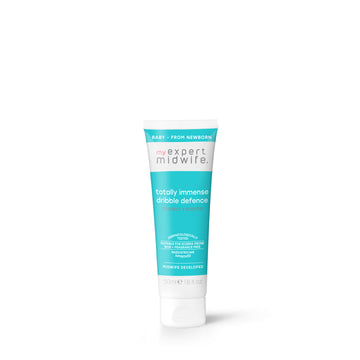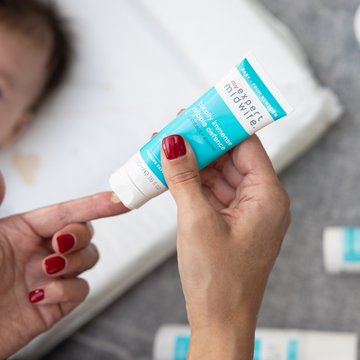Giving a baby breastmilk in the early days after birth is more like vaccinating or giving medicine to a vulnerable newborn than feeding them. Breastmilk is living tissue; you could think of it as a white blood transfusion. Every feed is a new brew of distinct flavour and ingredients, teeming with antibodies, stem cells, gut sealants, hormones and prebiotics. One teaspoon of this stuff has over 3 million germ-killing cells in it.
Your milk is the perfect fuel to power your baby’s health and development, establishing an abundance of beneficial bacteria in the gut that accompanies your child throughout life as a living inner shield of protection. Alternatives are available but there is nothing out there as good as the stuff you make.
Lactogenesis is the term for the body’s ability to manufacture milk. If you have a placenta, you have milk. And your milk sits there in your breasts waiting until the placenta is birthed before your milk-making cells and milk ducts switch on and gear up to take over the role of nourishing your baby. The real genius is the system of demand-and-supply that governs and coordinates your body, meeting your baby’s needs and orchestrating a 24-hour schedule. Your baby wakens and feeds regularly during the night, when the milk-making hormone prolactin peaks, and this guarantees ongoing production.
Breastmilk during the day contains enough cortisol to allow a baby to focus and learn, and the recipe produced at night contains the sedating melatonin, helping both of you to feed and then easily get back off to sleep. By 4 months, most babies have developed their circadian rhythm, and that melatonin infused night milk is a stroke of genius.

- Forget the bra size, the cup size, or the angle of the dangle – breastmilk is made by cells in the breast not the fleshy parts, the size of your boobs has very little to do with it. Ditch the underwired bras and handle those boobs with care. Buy a nursing bra at about 36 weeks
- Colostrum Harvesting in pregnancy means you have a handy stash of your milk ready to get you up and running. All babies benefit from a few drops of this stuff – the starter kit to a healthy immune system. All women with a low-risk uncomplicated pregnancy can collect colostrum from 37 weeks. Learn more about colostrum harvesting here
- Breastfeeding is the most natural thing in the world but a learned skill that women need to feel confident in. Most first-time mums are learning on the job, get your head in the game and watch an online webinar or tutorial so you know what to expect. Discover our breastfeeding webinars here
- Check out your local maternity services support for breastfeeding – have you got access to an infant feeding specialist midwife or health visitor?
- Wait and see how you feel before splashing out on a breast pump. Hand expressing or using a manual pump does a good enough job in the early weeks.
- You can start expressing colostrum from 37 weeks of pregnancy.
- It is best to harvest colostrum regularly for short periods as this will be most effective at stimulating the milk supply.
- If you have cervical stitch or have been diagnosed with a low lying placenta/placenta praevia please consult with your midwife or doctor before starting colostrum harvesting.

Breastfeeding can be extremely rewarding, but during those early days, some women may encounter problems.
Our expert midwives have brought together breastfeeding advice and tips which you can use from pregnancy to those early days and weeks of being a new mum, helping you to feel like you again.
find out more

